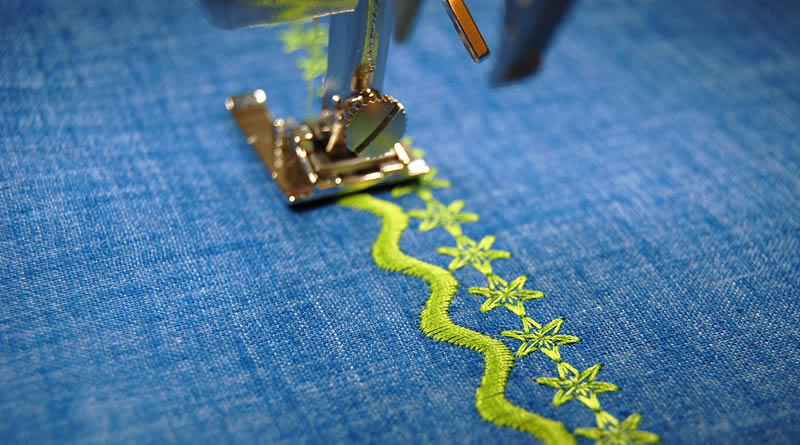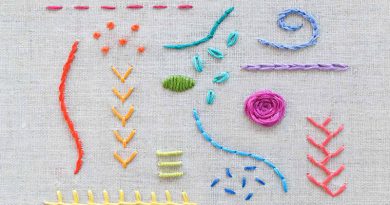How to sew and what sewing techniques are used?
Sewing is a valuable skill that enables us to create unique, personalized garments or fix and alter existing ones. Whether you are a beginner or an experienced seamstress, understanding the various stitches and when to use them is essential for achieving professional-looking results. In this article, we will explore the different types of stitches and how to sew them.
Basic Stitches
The most basic stitch is the straight stitch, which involves sewing in a straight line. To sew a straight stitch, start by inserting the needle into the fabric from the backside, pulling it through, and then repeating until the desired length is achieved. Another fundamental stitch is the backstitch, which reinforces the seam by sewing backward over a few stitches.
Another common stitch is the zigzag stitch, which is used for finishing raw edges to prevent fraying. To sew a zigzag stitch, set your machine to zigzag mode and adjust the stitch length and width to your desired specifications. Another variation of the zigzag stitch is the satin stitch, which is used for decorative purposes and creates a smooth, shiny finish.
Decorative Stitches
In addition to the straight stitch and the zigzag stitch, there are many decorative stitches that can add interest and texture to your projects. Some examples of decorative stitches include the blanket stitch, which is commonly used for edging or applique, and the chain stitch, which is perfect for outlining and adding detail.
Another decorative stitch is the cross-stitch, which involves sewing a diagonal stitch in one direction and then crossing over it with another diagonal stitch to form an X. This stitch is commonly used in embroidery and cross-stitching projects.
Specialty Stitches
Finally, there are specialty stitches that are designed for specific purposes, such as the buttonhole stitch, which creates a sturdy opening for buttons, and the blind hem stitch, which is used for hemming pants and skirts without creating a visible seam. To sew a buttonhole stitch, mark the buttonhole placement, select the buttonhole stitch on your machine, and follow the instructions for your particular machine.
To sew a blind hem stitch, fold the fabric up to create a hem and then fold it back down, leaving a small section of fabric exposed. Sew along the edge of the folded fabric, catching only a few threads of the exposed fabric with each stitch to create an invisible hem.
In conclusion, understanding the various types of stitches and when to use them is essential for achieving professional-looking sewing projects. From basic stitches like the straight stitch and the backstitch to decorative stitches like the blanket stitch and the cross-stitch, and specialty stitches like the buttonhole and blind hem stitch, there are many techniques to explore and incorporate into your sewing practice. With practice and patience, you can master the art of sewing and create beautiful, personalized garments and accessories.




